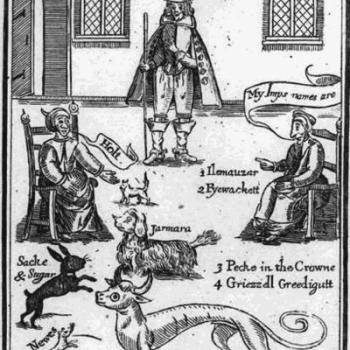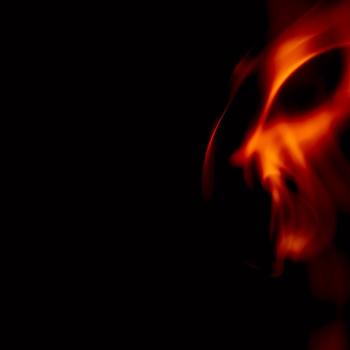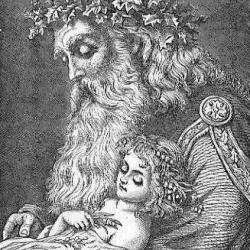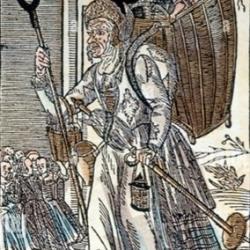In Luce Spesi
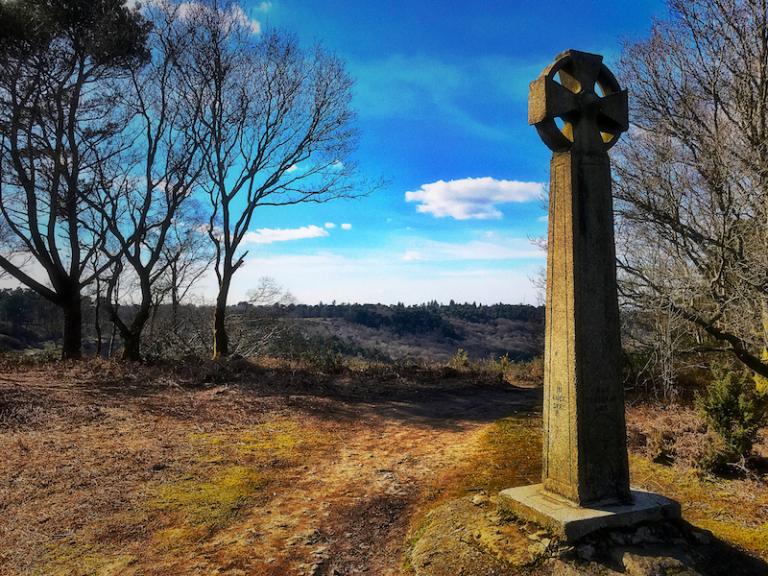
In our discourse upon the feast of the Vernal Equinox, and the theme of hope in light, we have espoused the feminine flavour of the festivities which preside over the equal period of night and day. This, in turn, is analogous of the light and dark in balance, while the festival traditionally utilises the mystery of life and death illustrated in the paradox of the conception and crucifixion of the Christ upon the cross of the elements (anciently symbolic of the four corners/quarters of the sensible world of the elements).
Through exploring the relationships between the heralding light, and inevitable descent into the earth before rising once more, we observe that it was traditionally (and still so in Iranian custom) a time of the New Year. This key node upon the round of the year marks that deep mystery of life and death, which naturally occupy the same metaphysical and mystical space. In my previous article, I discussed the themes that have been inherited into our pagan myth, from their passage through established Christian myth. Now, peeling the layer farther once more, we reveal those mysteries which the Christian world inherited, and those it was perhaps in direct competition. At this time of year, we see the cult of Cybele and Attis and the associated celebrations in the Hellenic calendars of the Classical world.
Reminiscent of how modern Christians bemoan the rise of those religions deemed pagan, who they consider to have scant regard for the institutions, icons and edifices of tradition, and rile against the loss of what was once sacred, our pagan forebears once cried out against the more destructive actions of Christians. Sacrifice to the gods had been outlawed in the Roman Empire by 386 CE. Moreover, Christian monks were vandalising temples to the gods, which was regarded by the pagans as a moral assault upon the very fabric of their traditional life.
…in ruining the temples, they [the monks] are also ruining the countryside itself… The temples are the very life of the countryside…ii (Orator Libanius appeals to Emperor Theodosius).
As a brief interlude, it is reactionary folly to assert negatively against those early Christians who, in truth, are only doing what new religions of man have done since time immemorial. One is immediately drawn to make comparisons with ISIL in the Middle East desecrating all and any images of the sacred that do not conform to their fundamentalist worldview. The temptation to condemn, whilst it is deplorable, is to ignore the nuance in each situation and the fact that Christianity preserved and continued the mysteries of Mithraism and the cult of Attis, among other contemporaneous mystery cults. This topic, however, is one for future debate.
Returning to the Hilaria, we find within the Classical world a festival that likely contributed significantly to our Vernal celebrations and activities, not least the dying and resurrecting god himself. In Latin, hilaria denotes a ‘cheerful, joyous, merry, rejoicing’ and is a Roman festival of the cult of Cybele. It is also the root of our modern word ‘hilarious’, and therefore of significance as part of the origin of April Fool’s Day.
To better identify the Vernal Equinox festival in particular, it was acknowledged as Hilaria Matris Deûm (Hilaria, or joyfulness, mother of the gods). This title immediately calls to mind an epithet of Mary, predominantly in Eastern Christianity, Theotokos, denoting the ‘mother of god’. Of the days that make up the religious observations, the Hilaria is more properly celebrated on the 25th March, Medieval Lady Day, and marks the resurrection of the vegetation god Attis.
The day that followed the Vernal Equinox was regarded as of import as it was the first day of the year whereby the length of day, and therefore light, exceeded that of the dark night. Furthermore, it commemorates the final ‘death’ of winter and the triumph of the light – thus the themes of death and life.
Easter Origins
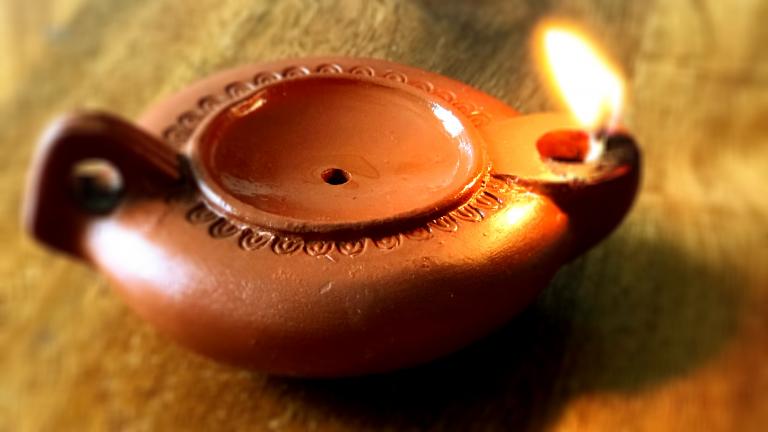
The pertinence of the Hilaria upon the modern Easter festival cannot be overlooked, especially when we consider that two days prior to the resurrection of Attis, at the time of the Vernal Equinox (or, rather, the first day after when light holds supremacy over dark), the celebrants mark the passing of the god with mourning, reminiscent of the Christian Good Friday, before the god is symbolically placed in his grave. Furthermore, tradition would include a fast over the days prior to the resurrection of Christ. Whilst this is believed, likely correctly, to be passed over from Jewish Paschal observations (pun intended), it is interesting to note that the cult of Cybele and Attis required a period of fasting prior to mourning and resurrection. Attis shares with Jesus the symbol of the shepherd (the crook), a solar halo, and other such identifications.
One of the most curious aspects of the Cult of Attis and Cybele was ritual castration, aligning it with the cult of Isis and Osiris in Hellenic Greece. In these myths, the male protagonist either is castrated or else performs the act upon himself, before being resurrected and made whole again. In the myth of Attis, this was ritually observed upon the evening of the 24th March, before the Hilaria proper. The priests, or galli, would adorn themselves in women’s clothing, wearing their hair long together with heavy makeup. Once again, we see the Hermaphrodite story associated with this mortal god, begat as he is from the seed of of the fruit of an almond tree, which sprang from the sexual organ of agdistis, his father/brother, who was a hermaphrodite so powerful he was feared by other gods. This almond tree bore a fruit, which was consumed by Nana, whose womb nurtured the child Attis.
The ritual ceremony associated with Attis, then, uses the ritual association of hermaphrodite, the combined polarities and genders of Hermes and Aphrodite, or Mercury and Venus, the Morning Star. In addition, three days of mourning are observed, during which time a tree is felled and carried to the shrine of Cybele as the body of the wounded King, before being ceremonially interred. Following this, he is resurrected to a joyous reception, a Hilaria, which commemorates the death of the winter and rebirth of the light of spring, the turning from darkness and the ascendancy of the light and, in the light, hope.

i“Hope in Light”
iiLibanius, Pro templis 30.8; quoted by H.D. Saffrey, “The piety and Prayers of Ordinary Men and Women in Late Antiquity,” in Classical Mediterranean Spirituality, ed. A.H.Armstrong (New York: Crossroad, 1986), 200.




